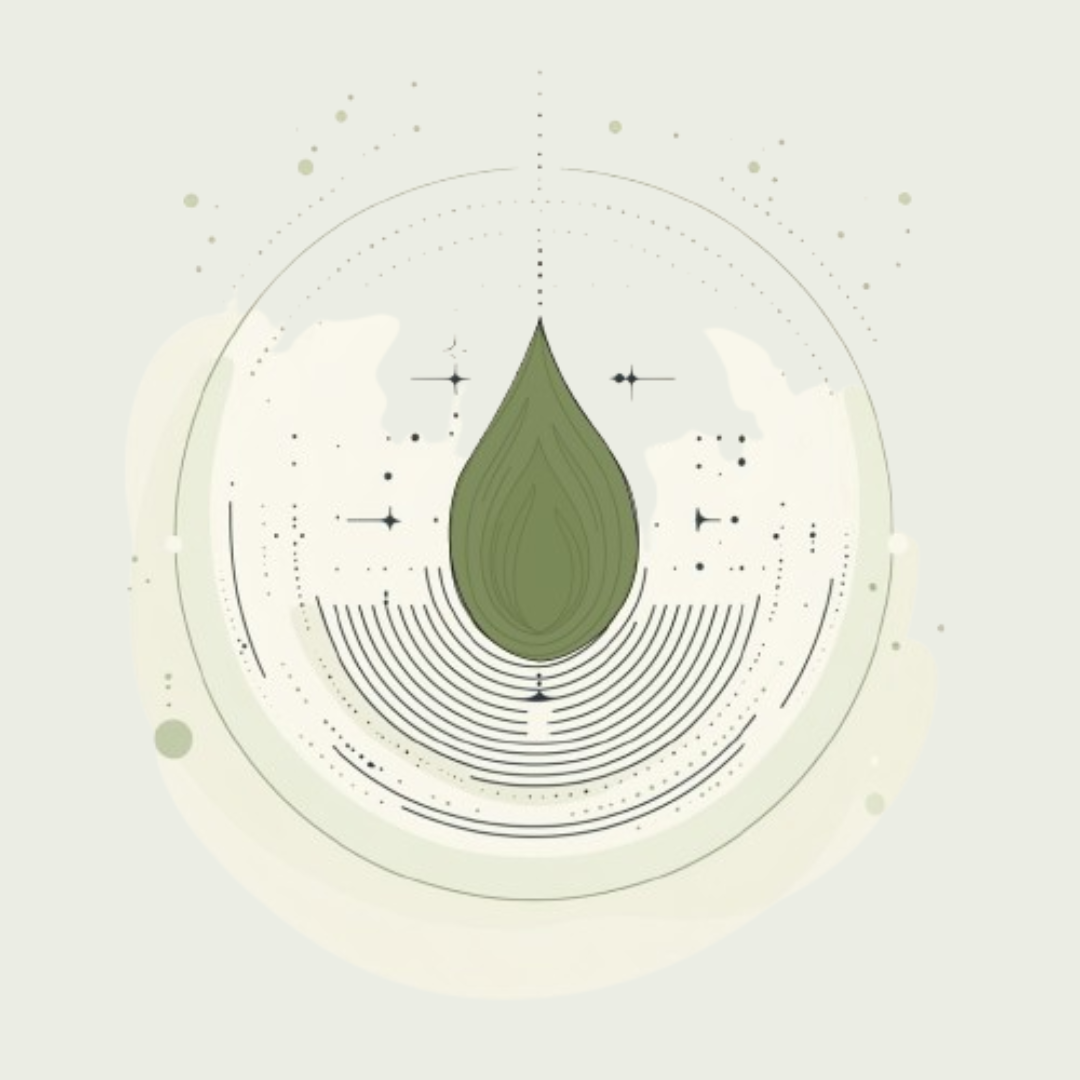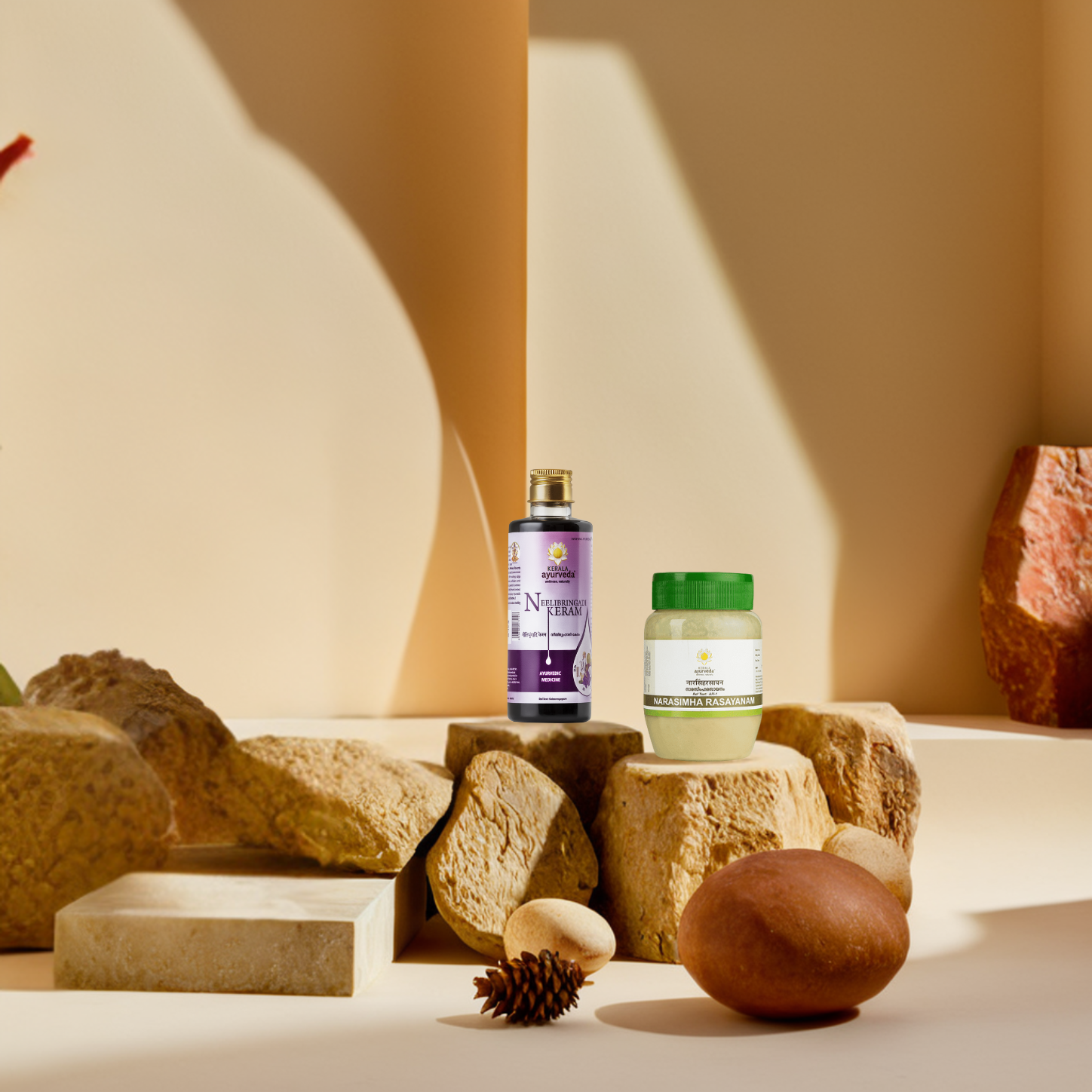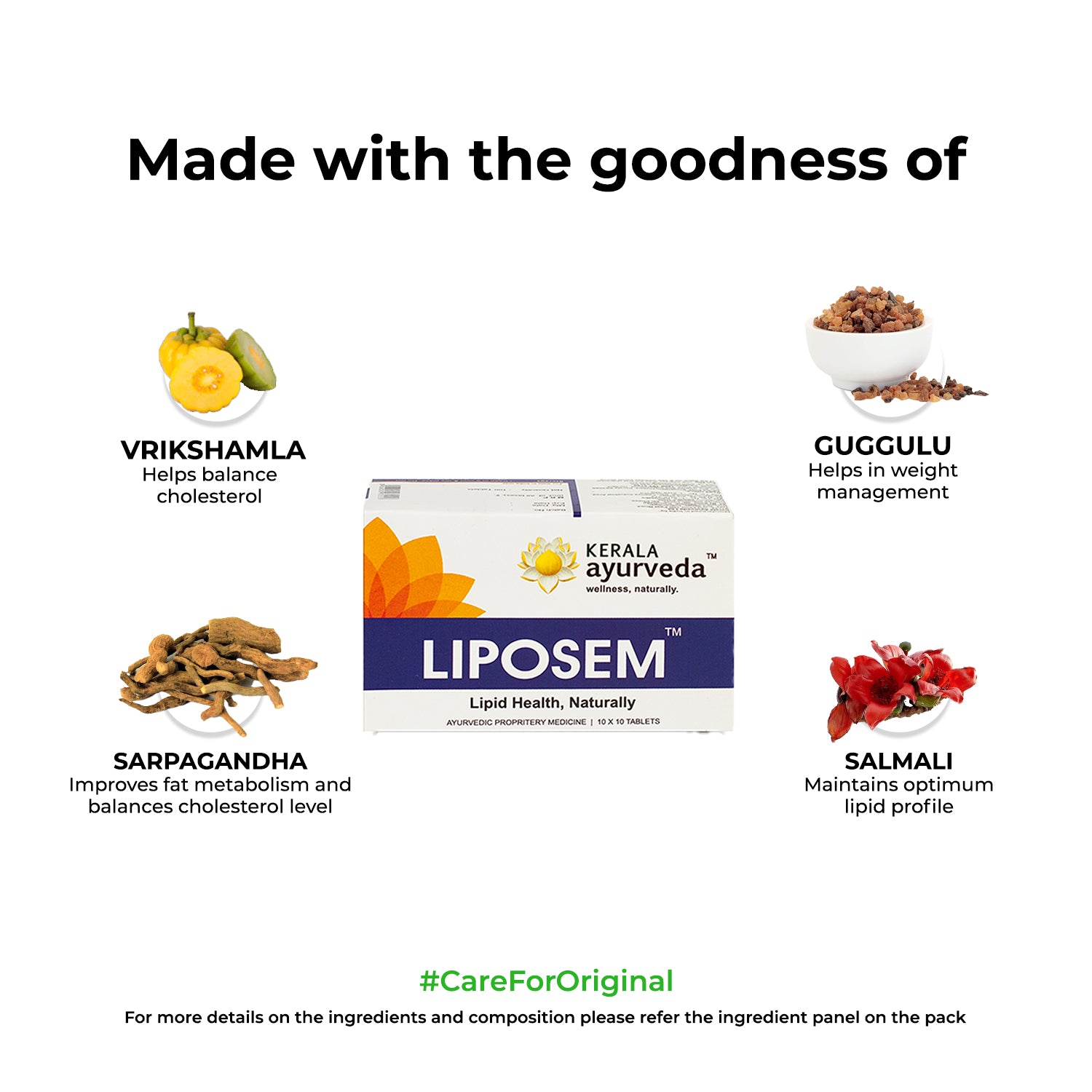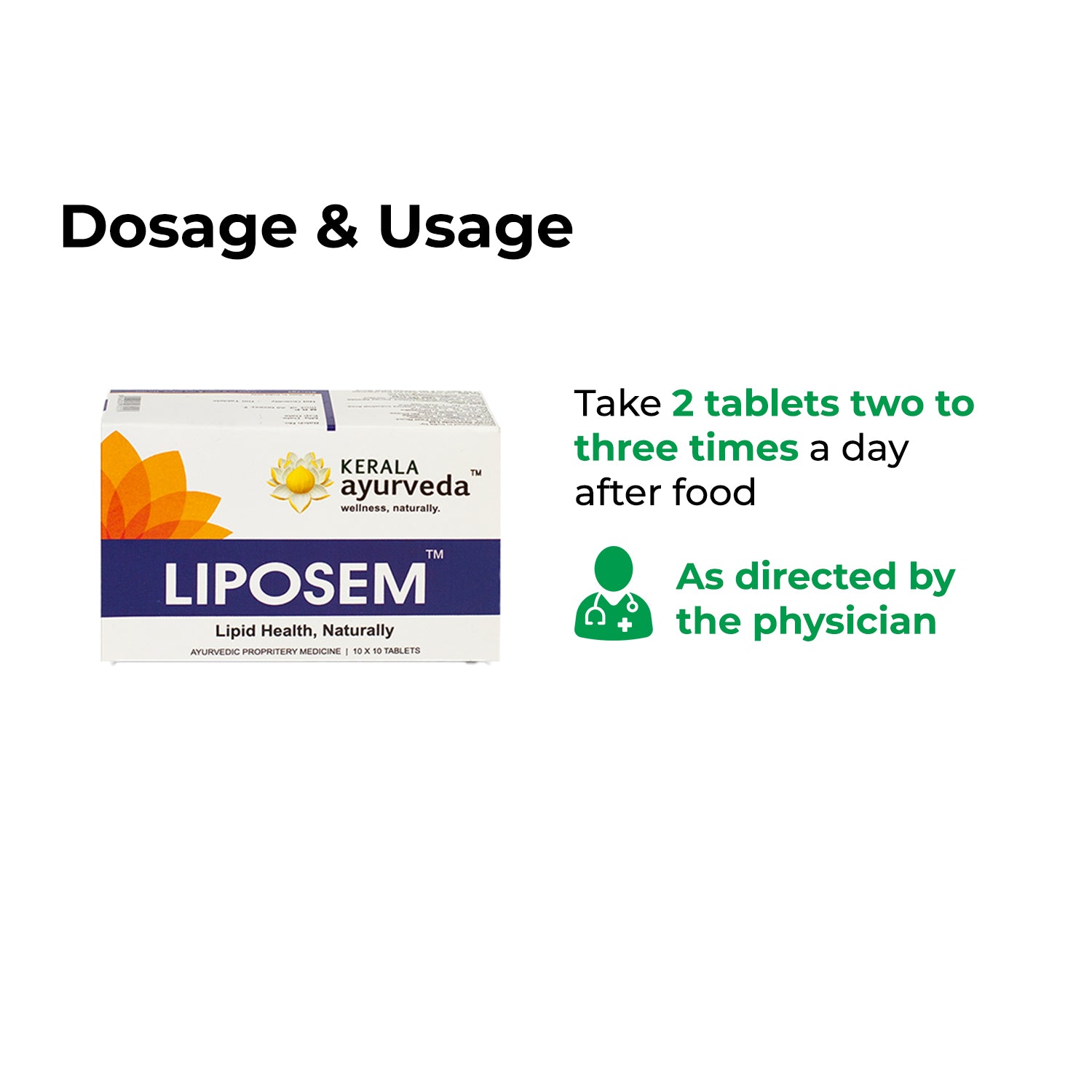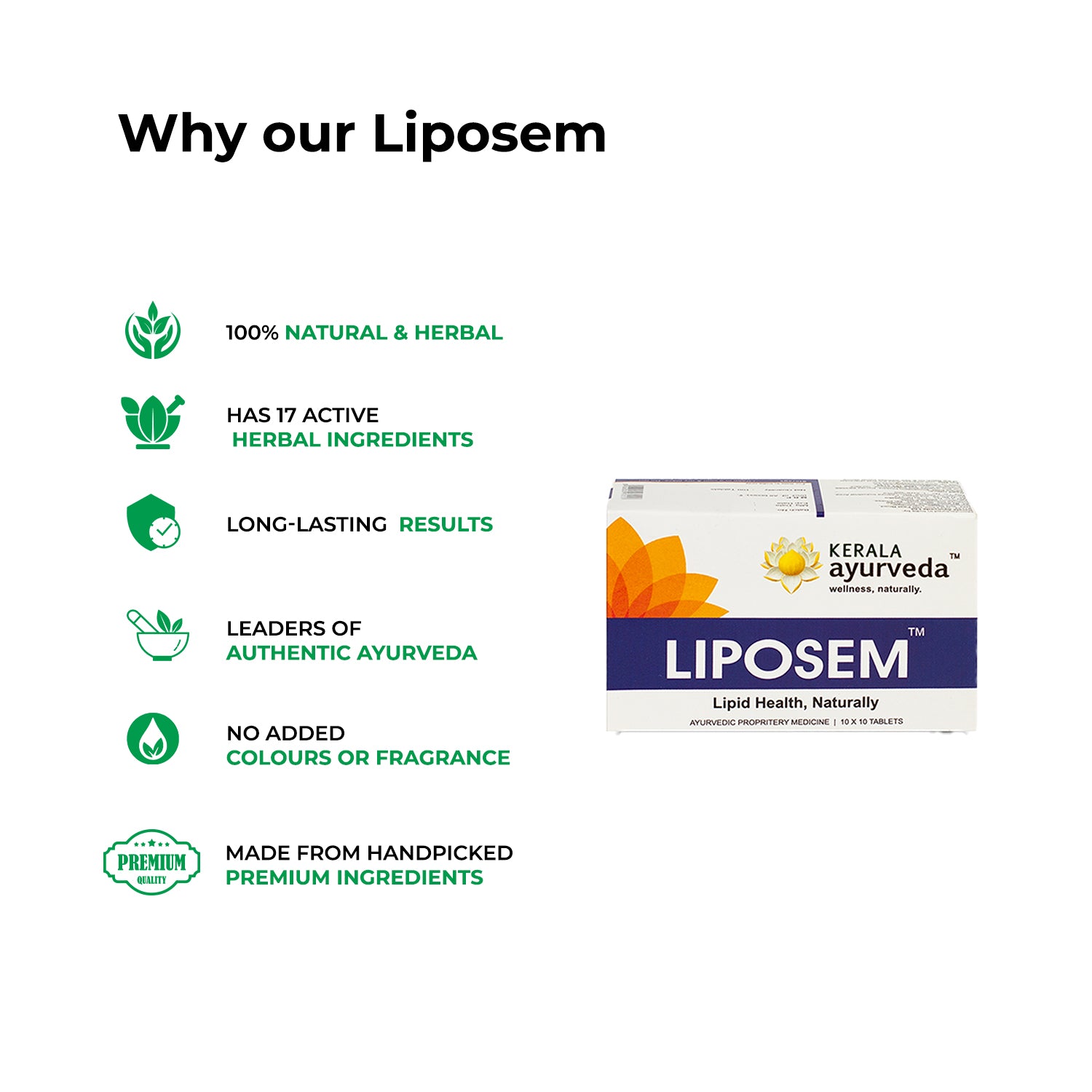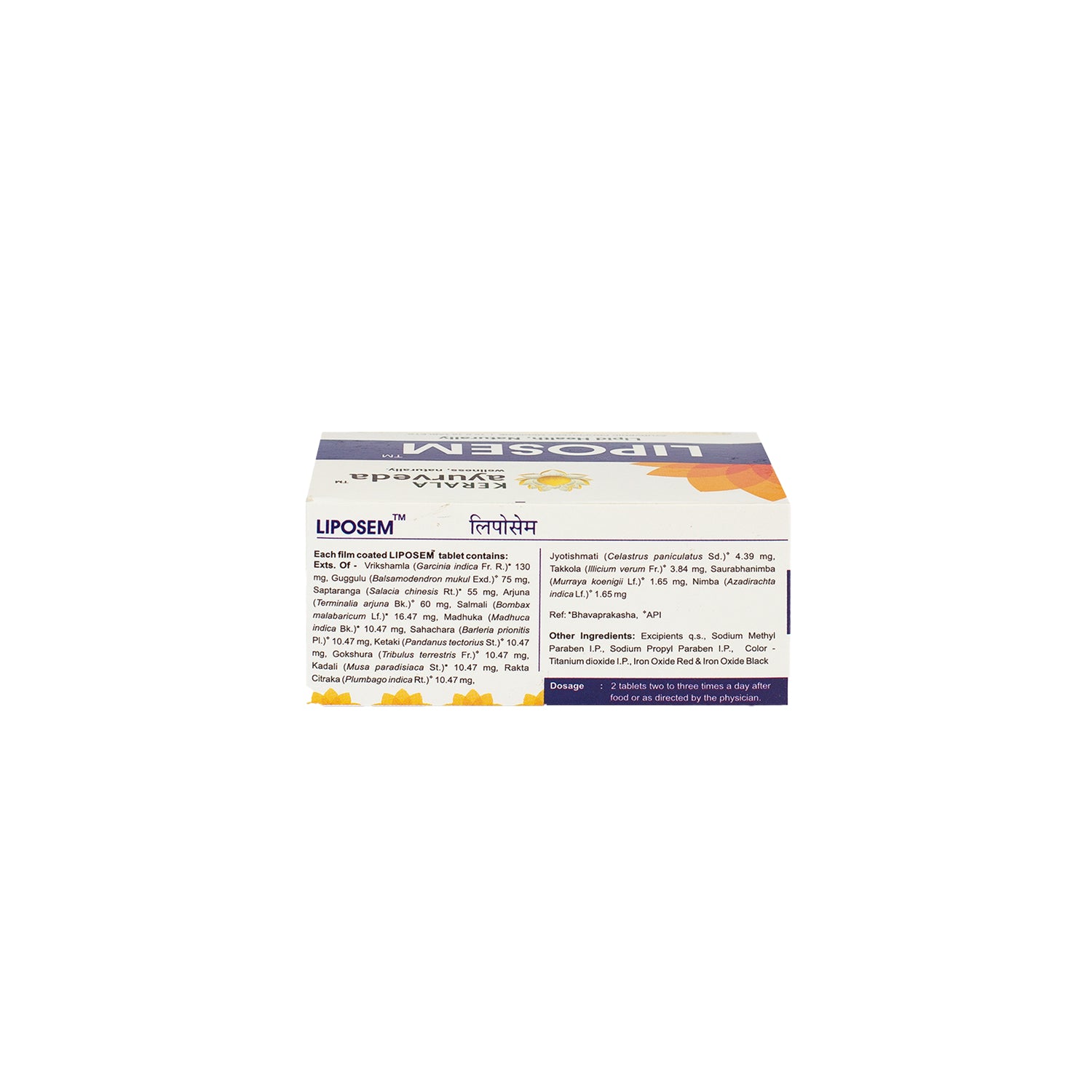-
GST Bachat
-
Weight Loss
Liposem Tablets (100 Nos)
Delivery within 2 to 4 days
Country of Origin: India
Kerala Ayurveda Liposem tablet is a safe cardio-protective formulation that helps manage cholesterol levels in the body. It also helps manage body weight and minimizes the risk of heart conditions.
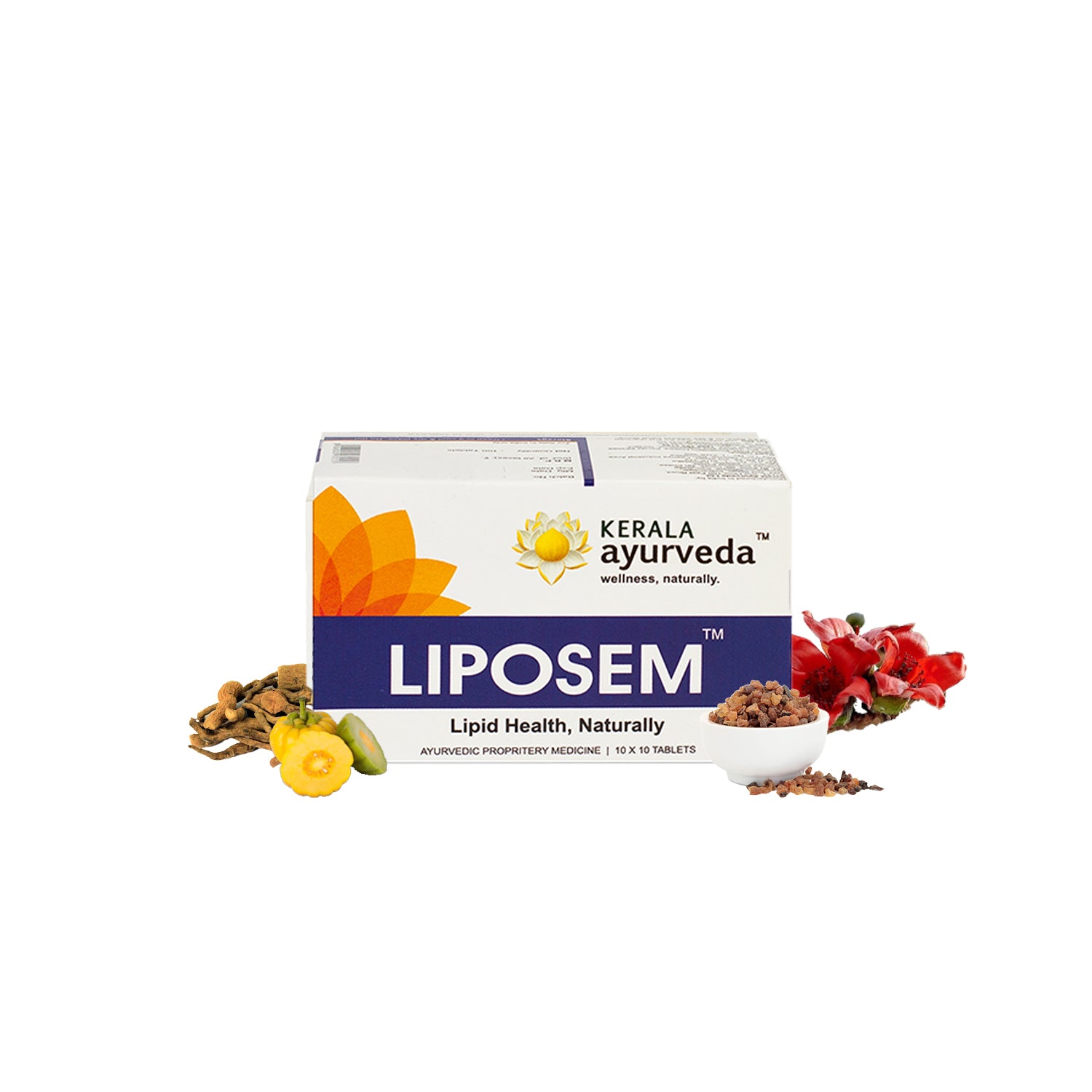
Key Benefits
Ingredients
How to Use?
- Manufactured by: Kerala Ayurveda Limited, Athani Post, Aluva, Ernakulam District, Kerala – 683585, India
- For Queries, Contact: Customer Care: 1800 103 5790; Address: Athani Post, Ernakulam District, Kerala - 683585, India; E-mail: info@keralaayurveda.biz
Is Liposem Tablet Recommended for Heart Concerns?
Liposem tablets are popular for managing triglycerides, LDL, and HDL levels. They can help minimize vascular damage caused by high cholesterol, thereby supporting heart health and protecting against cardiac concerns.
Can Liposem Tablets be Consumed with Allopathic Medicine?
While there are no specific factors that discourage the intake of Liposem tablets with allopathic medicines, it's advisable to consult both allopathic and Ayurvedic doctors before beginning the dosage.
What Diet Should be Followed if Someone is on a Liposem Dosage?
To maintain a healthy heart and maximize Liposem's benefits, individuals should follow a heart-friendly diet. This includes avoiding added sugars, red meat, and processed foods, as well as cutting down on alcohol and tobacco consumption.
Can Ayurvedic Medicine Reduce Cholesterol?
Liposem tablets are formulated with 17 herbs known for their cardioprotective and cholesterol management properties. When taken in prescribed quantities, they may help improve heart health and reduce bad cholesterol while maintaining healthy cholesterol levels.
What Home Remedies Lower Cholesterol and Triglycerides?
Healthier lifestyle choices can help manage cholesterol levels. Home remedies to manage high cholesterol include: Increasing intake of soluble fiber (e.g., Brussels sprouts, avocados, flax seeds) Adding small portions of fresh fruits and vegetables to all meals Eating healthy unsaturated fats (e.g., olives, peanuts, avocados, hazelnuts, sesame seeds) Reducing processed sugar intake Cooking with healthy herbs and spices (e.g., garlic, cayenne pepper, cinnamon, ginger, turmeric)


